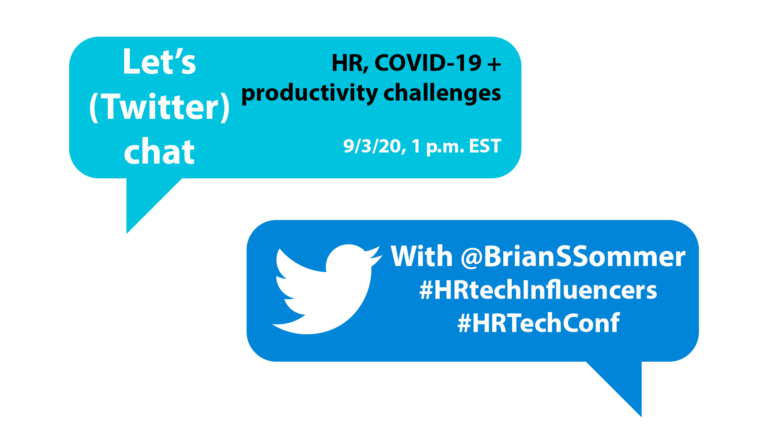The role of HR leaders has never been more important, as organizations struggle to keep up with near-daily changes to the world of work ushered in by the coronavirus pandemic and other global challenges. With such a tall order for HR leaders, it’s beneficial to look to industry experts for their experience and guidance. Earlier this year, HRE and the HR Tech Conference unveiled the second edition of the Top 100 HR Tech Influencers, comprised of HR, business and technology leaders whose insights are needed now more than ever.
Related: Q&A with HR Tech Influencer Dave Ulrich
Carefully! Some of these ‘helpful’ tools come with catches. The software might be free or at a massively discounted price for now but prices could soar after the initial trial period. Some tools have caps on the number of potential users. If you find the terms unacceptable, walk away.

Brian Sommer
For some of the new tools that could provide long-lasting value, make sure these products can be tightly integrated with your existing HRMS and other HCM tools. And, of course, ensure that the contractual terms are something you can live with. In the end, don’t rush your decision because of the pandemic–do your diligence and run a proper selection project.
HRE: As the job market drastically changes, what types of tools will be most essential for recruiting and talent acquisition?
Different ones! After the Great Recession of 2009, employers were unprepared for the sheer volume of applicants (and many unqualified applicants) that were seeking new employment. Employers weren’t looking to improve their diversity/inclusion efforts much then; however, that must be front and center now. Overall, new, smart (i.e., machine learning-based) applications should process more video interviews, rank candidates in a much fairer method than an ATS and look for people with new kinds of value–not just what you glean from scanning their resume.
HRE: How can HR leaders—and HR tech buyers—continue to focus on and invest in areas like D&I with business priorities so suddenly shifted?
Business priorities are still quite fluid and HR must remain flexible. Some firms are still contracting, some have stabilized and others are growing. There is no one strategy that fits all firms. HR must be as dynamic as the business environment. Key foci may include more self-service apps (easy to use in a work-from-home world), HR apps that serve more than HR personnel, solutions that scale up & down, and, of course, solutions that free up HR time to work on more strategic corporate initiatives.
*
Editor’s Note
 The pandemic didn’t affect all companies and all workers equally. Yet productivity has become a top HR and business concern. Productivity was impacted by business closures, work from home and other recent changes. Join us for a spirited conversation via Twitter on the issue and discuss what HR can do to drive productivity gains in spite of the pandemic. Follow along using the hashtags #HRTechInfluencers and #HRTechConf.
The pandemic didn’t affect all companies and all workers equally. Yet productivity has become a top HR and business concern. Productivity was impacted by business closures, work from home and other recent changes. Join us for a spirited conversation via Twitter on the issue and discuss what HR can do to drive productivity gains in spite of the pandemic. Follow along using the hashtags #HRTechInfluencers and #HRTechConf.